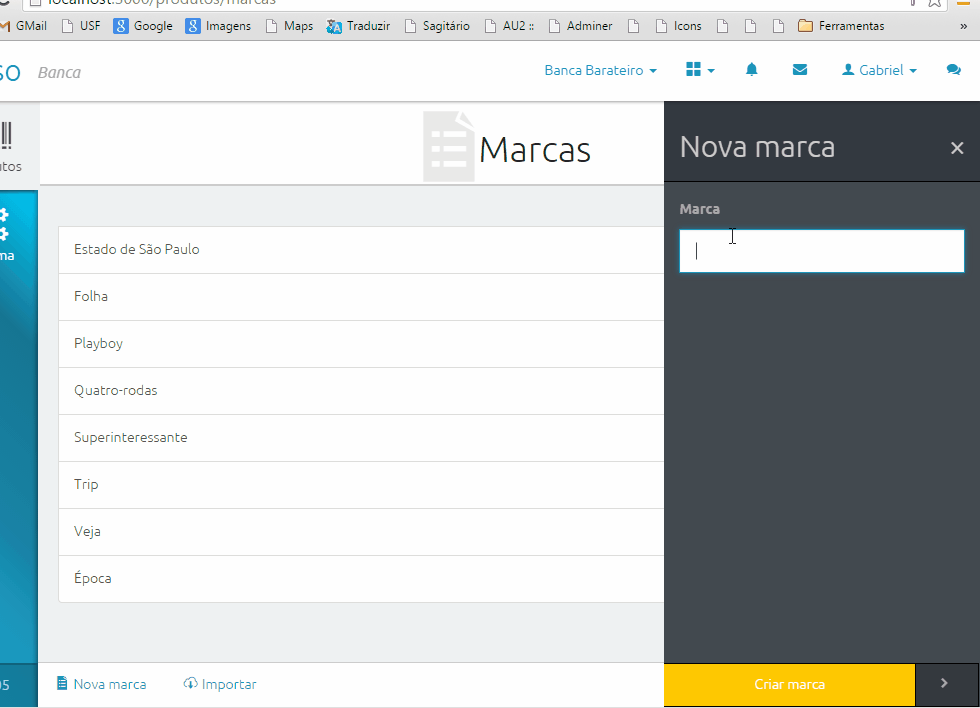It depends on the application.
Here is a general list of techniques that can be used, mixed, or not applied at all to indicate the user that content is new:
- Apply bolded type
- Decrease or increase font size
- Adjust, increase, or decrease spacing between new content
- Append or prepend "new" label to new content
- Append or prepend message, with count of new items by list of content
- Format timestamps in relative, friendly way to the user's current time
The first question you should ask is whether to include "new" elements in your UI in the first place. Do your users benefit from knowing the new content that has recently been added? If so, in what context? The way users interact with new content varies for every app. Users also vary widely in their perception of modified content; some users may well interpret bolded text as "changed" or "modified content", while others may interpret such text as content which has not been saved yet; moreover, some users may become confused or flustered at changes between items on the list.
If, after usability research, you determine that including new elements does, indeed, help the user, then work out the specific user flow. Try to isolate a couple user stories. Ultimately, there is no substitute for performing user research, and any combination of the above techniques may prove to be the most beneficial to your users.
Look at the following table, which employs method 6, and ask yourself if you can immediately find the newest content:

Sometimes, simply stating the modified date of a record is sufficient to convey its "newness". But ultimately, conveying the newest records will depend on the application.




![Highlight new item animation]()
